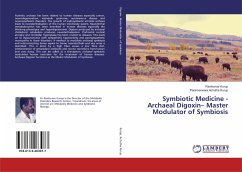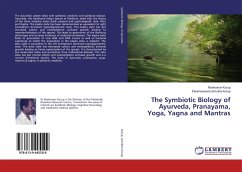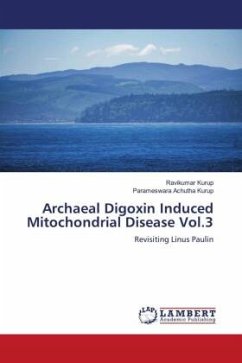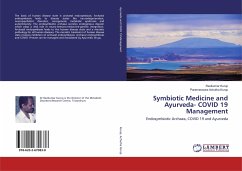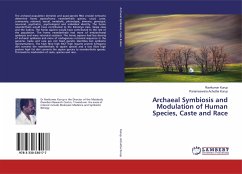Actinidic archaea has been related to human diseases especially cancer, neurodegeneration, metabolic syndrome, autoimmune disease and neuropsychiatric disorders. The growth of endosymbiotic actinidic archaea leads to neanderthalisation of the human mind-body system. Neanderthal metabolonomics has been described in human diseases especially the Warburg phenotype and hyperdigoxinemia. Digoxin produced by archaeal cholesterol catabolism produces neanderthalisation. Prefrontal cortical atrophy and cerebellar hyperplasia has been related to diseases. This leads on to dysautonomia with sympathetic hyperactivity and parasympathetic neuropathy in these disorders. A method to modulate archaeal symbiosis and interconverting homo sapien to homo neanderthalis and vice versa is described. This is done by a high fibre versus a low fibre diet, administration of antioxidant antibiotic and colonic microflora from human and cow dung. This can be called as a therapeutic archaeal symbiotic modulatedhuman evolution for the treatment of human diseases. Archaeal Digoxin functions as the Master Modulator of Symbiosis.

